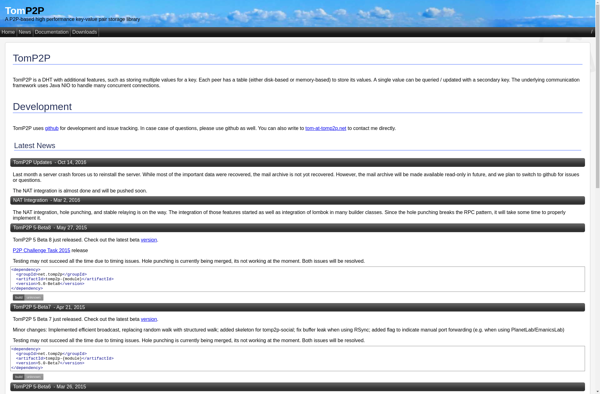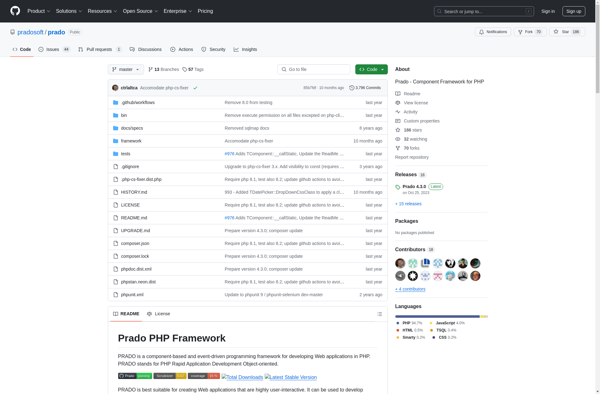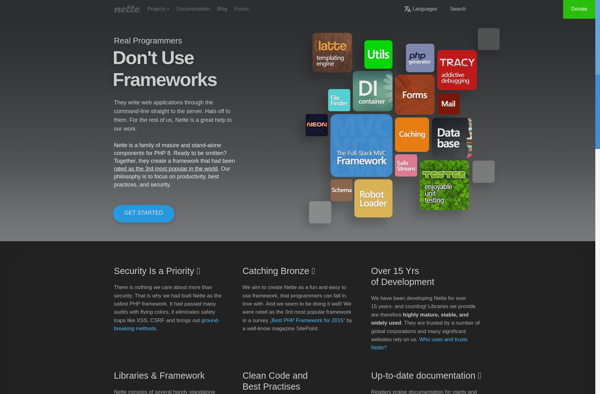TomP2P

TomP2P: Open-Source P2P DHT for Decentralized Data Storage
TomP2P is an open-source peer-to-peer (P2P) distributed hash table (DHT) for decentralized data storage and retrieval. It allows peers in a decentralized network to store data, search for data, and communicate directly without a central server.
What is TomP2P?
TomP2P is an open-source peer-to-peer (P2P) distributed hash table (DHT) designed for decentralized data storage, search, and messaging. Unlike centralized client-server models, TomP2P allows a network of peer nodes to self-organize and route data between each other without the need for a central server.
Some key features of TomP2P include:
- Decentralized data storage - Data is replicated across multiple peers for redundancy and reliability.
- Distributed hash table (DHT) - Data location and retrieval is handled through a DHT rather than a central index.
- Direct peer-to-peer messaging - Peers can send messages directly to each other over the overlay network.
- NAT traversal techniques - Methods like UPnP and Hole Punching allow connectivity between peers behind firewalls/NATs.
- Peer discovery - Peers can automatically find and connect to other peers to join the network.
- Encryption - Communications can be encrypted for secure data transfer.
- Open-source Java implementation - TomP2P is licensed under LGPL and implemented in Java for cross-platform usage.
TomP2P provides building blocks useful for shared data distribution, content delivery networks, messaging systems, censorship resistance, and more peer-to-peer distributed applications. Its decentralized approach offers advantages like fault tolerance, self-organization, and removing central points of failure or control.
TomP2P Features
Features
- Decentralized peer-to-peer network
- Distributed hash table for data storage and retrieval
- Direct communication between peers without central server
- Searching capabilities within the network
- Data replication across peers for redundancy
- Support for different network topologies like meshes and trees
- Encryption capabilities
- APIs for easy integration
Pricing
- Open Source
Pros
Cons
Official Links
Reviews & Ratings
Login to ReviewThe Best TomP2P Alternatives
Top File Sharing and Peer-To-Peer File Sharing and other similar apps like TomP2P
Here are some alternatives to TomP2P:
Suggest an alternative ❐Zend Framework

Symfony

Ruby on Rails

Yii Framework

Agile Toolkit

CakePHP

FuelPHP

PHP Fat-Free Framework

PRADO

Nette Framework
